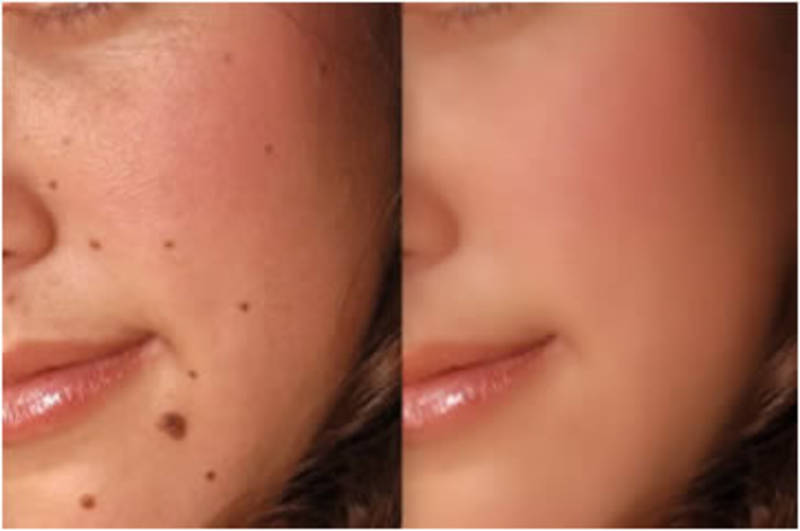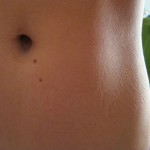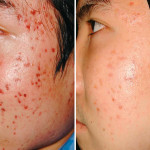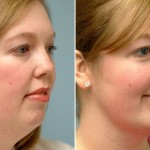How to Get Rid of Moles
There are many things you need to take into consideration when it comes to removal of moles on your face and on your body, particularly in a manner that doesn’t leave scarring and scar tissue. For many people, the biggest concern was mole removal in such a manner that it might as well not be there, such that there isn’t a noticeable scar left at all. Laser treatment is particularly expensive though.
So here’s what you must do when it comes to how to get rid of moles. You should find out your potential options by making some much needed research on the subject. Surgically removing moles is a bit cheaper, but it comes with scarring risk. Sometimes the scar you can get from mole removal is so severe that you might as well have left the mole there in the first place, since a scar isn’t any better.
Mole Removal Done Right
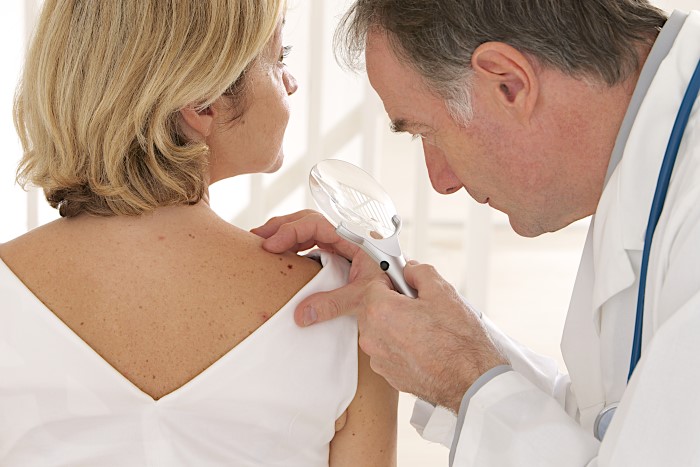
Scalpel and Laser Surgery: You have the option to remove moles through surgery, but proceed at your own risk. It can leave a scar, whether the doctor uses a scalpel or a laser to get rid of it. The best laser technology that leaves minimal scarring will instead traumatize you in terms of the costliness of the endeavor. Horror stories about mole scarring has left many a person with a mole resigned to live out their life with facial moles intact because the cure for the mole seems worse than the mole itself. It’s quite the vexing predicament indeed.
Cauterization and Freezing: Aside from surgically cutting and laser cutting the mole, there are also options to freeze or cauterize it. Cauterization involves using a heated instrument to burn off an offending piece of skin. Back in medieval times, it was used for surgery that causes immediate scarring and minimal bleeding. Freezing a mole is the opposite of cauterization and involves exposing that piece of skin to high temperatures until its tissue is frostbitten enough to be removed. Both methods can also cause a high occurrence of mole scarring, so proceed with caution in using them.
Issues with Mole Removal and Making a Decision: Aside from the formation of scar tissue, you might also have to deal with leaving a hole behind, like a pockmark on your face that could get infected with pus if not left treated or an exceptionally large pore. The hole will require stitches, and the stitches will leave a bit of a scar as well. It’s ultimately your decision whether to leave your mole on your face to avoid scarring or to remove it in case you’d rather have a scar than this supposed beauty mark.
Researching Everything: Research is essential here, because you need to study up on scarring possibilities, healing time, and cost. You should know the realities behind your expectations in terms of dealing with mole removal, so that you know what to expect afterwards. In any case, just as weight loss has bariatric surgery and herbal supplementation solutions, mole removal also has surgical and natural remedies associated with it. Some people insist that no mole can ever be removed by anything supplemental and should only be dealt with through surgery. Others swear by the efficacy of these solutions. It’s up to you which of them you believe.
Natural Remedy Mole Removal: Removal of moles can be done using natural remedies, of which there are a variety of them sold under FDA certification that they’re the rough equivalent of vitamins, but lack FDA assurance that they have proven therapeutic claims. Every allegation that they could remove moles is not supported by medical research plus their medical “proof” is considered sketchy at best. Many of them don’t present any scientific rational, like applying apple cider vinegar or some other special ointment on the offending mole. Moles are mostly benign and aren’t infections by any stretch of the imagination.
What Apple Cider Vinegar Brings to the Table: Since they’re not infections, putting any antibacterial or even antiviral creams on them won’t do a thing to remove them. Going back to apple cider vinegar, it’s alleged to be a cure-all that deals with conditions ranging from sinus infections to weight loss, which should send a red flag to anyone. It seems like another snake oil deal for those mole sufferers out there. In fairness to this type of vinegar, it does showcase a modicum of healing properties, but it’s mostly backed by personal testimonials instead of supported by actual, medical research.
Using Honey, Onion Juice, Pineapple Juice, and Cauliflower Juice: You can use use the juices of cauliflower, pineapple, onion, and honey in order to remove moles, probably small ones, through topical application. Again, this is a traditional remedy with no scientific backing and plenty of anecdotal claims.
There are those who say that their moles tended to disappear completely by using any combination of those juices or by standalone application of one of them, perhaps even using a concoction that included all four agents combined to ensure its efficacy.
Using Dental Floss to Remove a Raised Mole: This is another claim made from the home remedy crowd, but if you’re afraid of scarring with surgical scalpels and cauterization, then how much more from a questionable manual removal method? It’s supposed to cut the blood supply to the mole in order to kill it, like a miniature tourniquet.
Then again, it only works with protruding moles and it’s embarrassing to walk about with a piece of string tied up to you, especially if it’s a face mole. This requires days upon days of waiting at that, so do you have the patience and intestinal fortitude to take the whispers behind your back in order to remove your mole with dental floss?
Castor Oil: If you want supported evidence with wart removal, then perhaps you should give castor oil a try. It’s a home remedy for many ailments like apple cider vinegar, but unlike the latter, this topical remedy actually has research support when it comes to its healing benefits. The thick, pale, and yellow liquid retried from castor seed is, according to the FDA, is recognized as safe and effective in terms of healing up wounds. Originally, it was used as a laxative of sorts. However, undecylenic acid has been FDA-approved to deal with various skin problems, specifically wart removal.
If you have some comments or feedbacks, feel free to post your message below.

